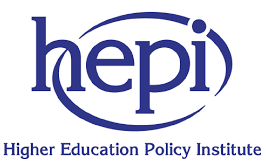Increasing flexibility is a common feature of the changes taking place in higher education, but how this is being done can differ considerably between institutions. It can provide students with more options, and with the challenges of choosing the right ones and the risks of choosing the wrong ones. And whilst the diversity of the sector does provide potential students with more options, it does make it more difficult to move between institutions.
Although RPL (Recognition of Prior Learning) and Credit Transfer between institutions does happen, there are no national arrangements for organising it. This then can increase the complexity of students’ learning pathways. Who provides the education and who provides the qualification?
Drawing on the UNESCO project on Flexible Learning Pathways, there are some messages about ‘what to do’ and ‘what not to do’. The report of the international UNESCO project was published as a book in 2022[1]. It ends with a long list of recommendations for ‘moving flexible learning pathways from policy to practice’.

